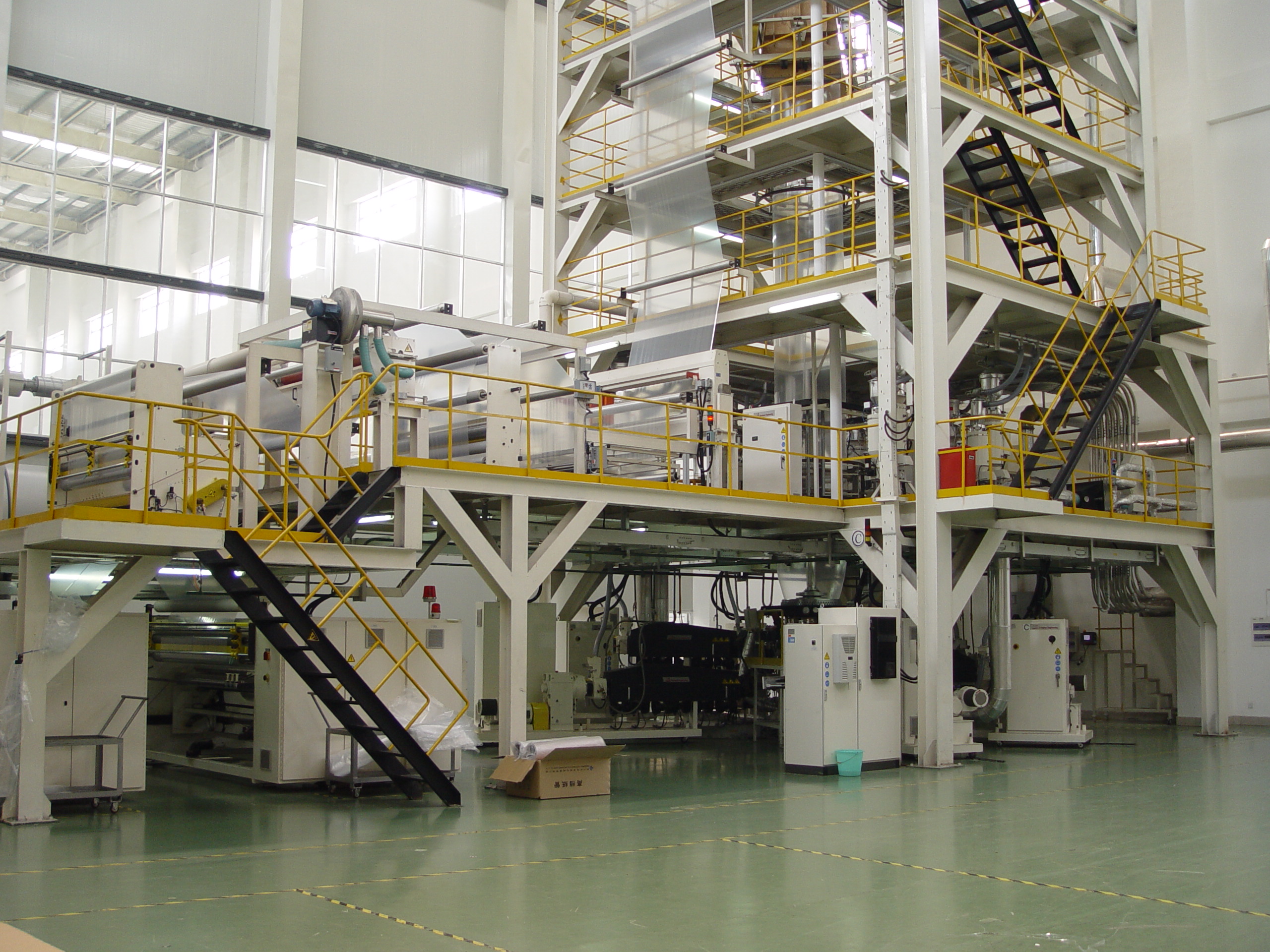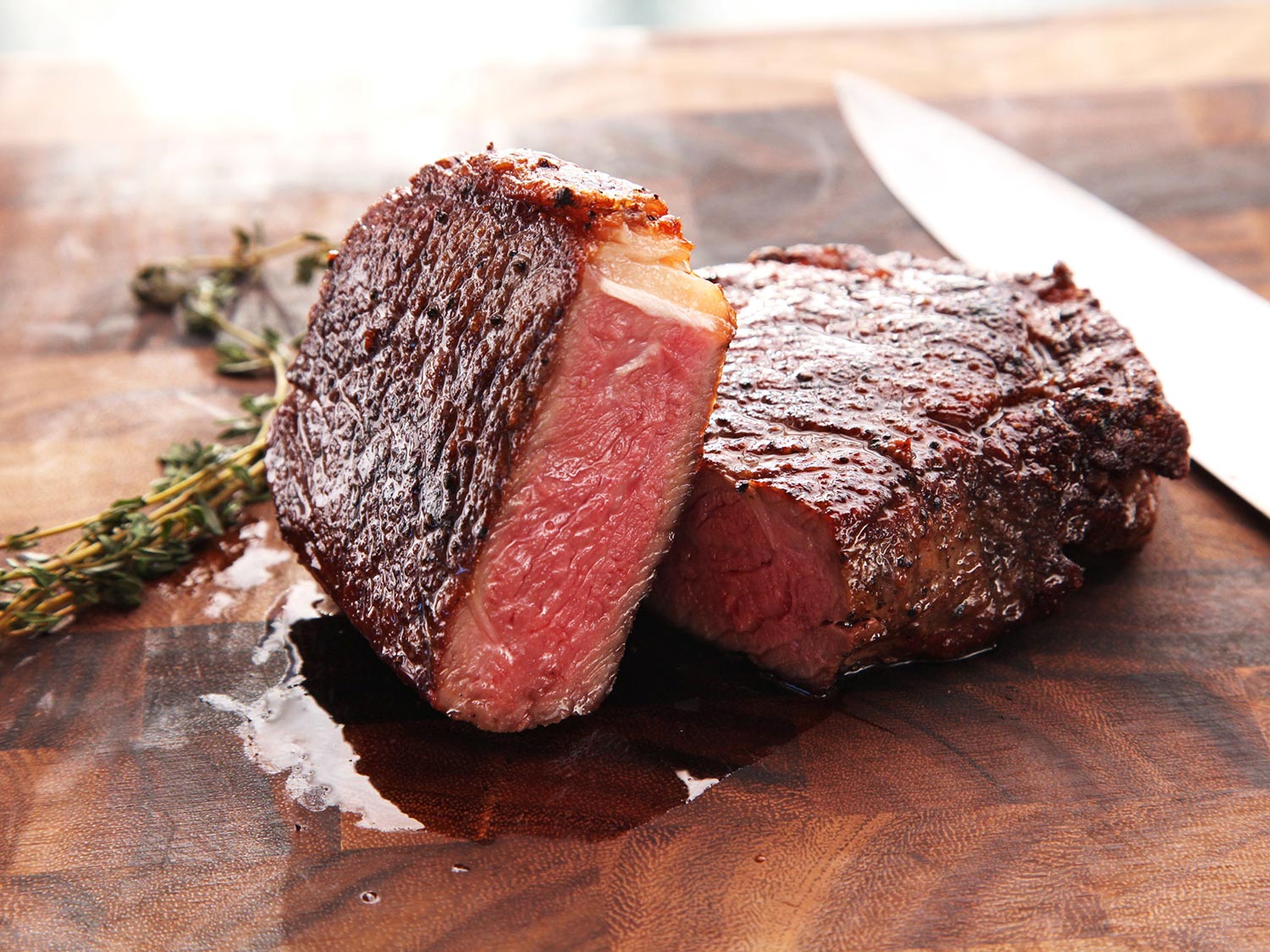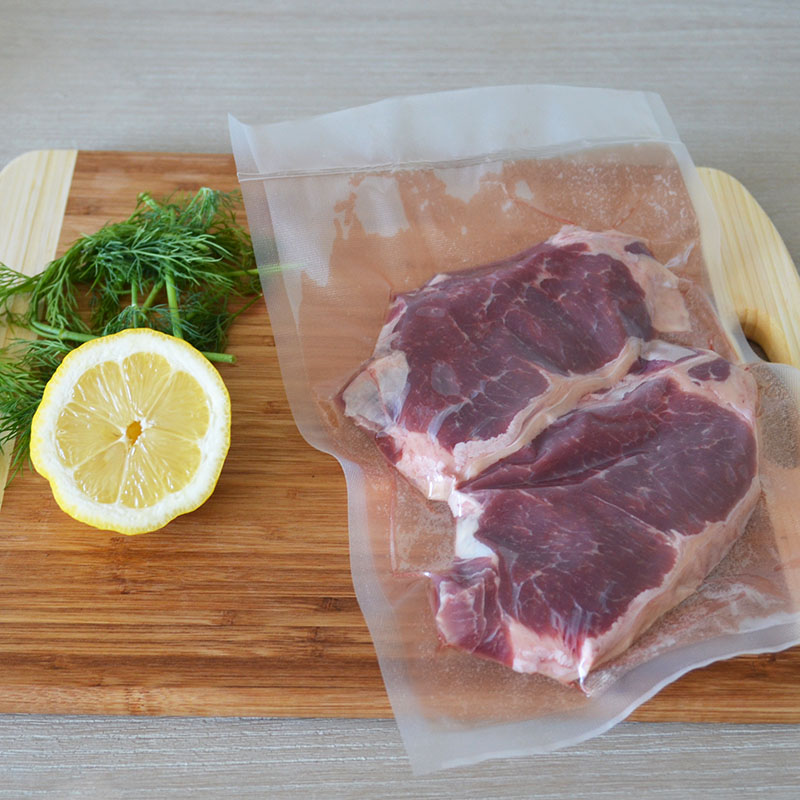Great Vacuum Sealer Tips for Everyday Life
Vacuum Sealer can sometimes make your life much easier and help you to be a bit more organised. This guide contains vacuum sealing tips and tricks, including a ‘how to vacuum seal’ video. We hope you can use some of these tips over this year’s Christmas and New Year’s holidays. Use a Vacuum Sealer for Food…
DetailsCommercial Vacuum Sealing Bags – how are they made?
As discussed in another blog, there are 2 ways to manufacture plastic vacuum bags: Extrusion Lamination Laminated vacuum sealing bags are made by gluing different sheets of plastic on top of each other. Extruded vacuum sealing bags are made from film, manufactured by large extruders. Pellets of plastic are melted in this extruder and then…
DetailsRecyclable Piping Bags and How to Use Them
Pac Food is proud to offer the first and only recyclable piping bags in Australia. Not only are they disposable, environmentally friendly, but are also anti slip, blue in colour (to be distinctive), heavy duty and very competitively priced. Pac Food’s recyclable icing bags won the “best new bakery product” at Fine Foods Australia in…
DetailsCooking With Vacuum Sealing Bags
Cooking with Vacuum Sealing Bags (Channel Bags): Sous-vide, which is French for “under vacuum” is a method of cooking that is intended to maintain the integrity of ingredients by heating them for an extended period of time at relatively low temperatures. It was developed by Georges Pralus in the mid-1970s. It uses vacuum sealing bags…
DetailsVacuum Sealer Bags – how are they made?
The 2 different ways to make Vacuum Sealing Bags In flexible plastic manufacturing there are 2 ways to make vacuum bags Extrusion Lamination Extrusion can be compared to blowing bubble gum, the plastic for the vacuum sealing bags is blown with 2 different resins, normal plastic and barrier resin. Lamination is like gluing different sheets of…
Details







